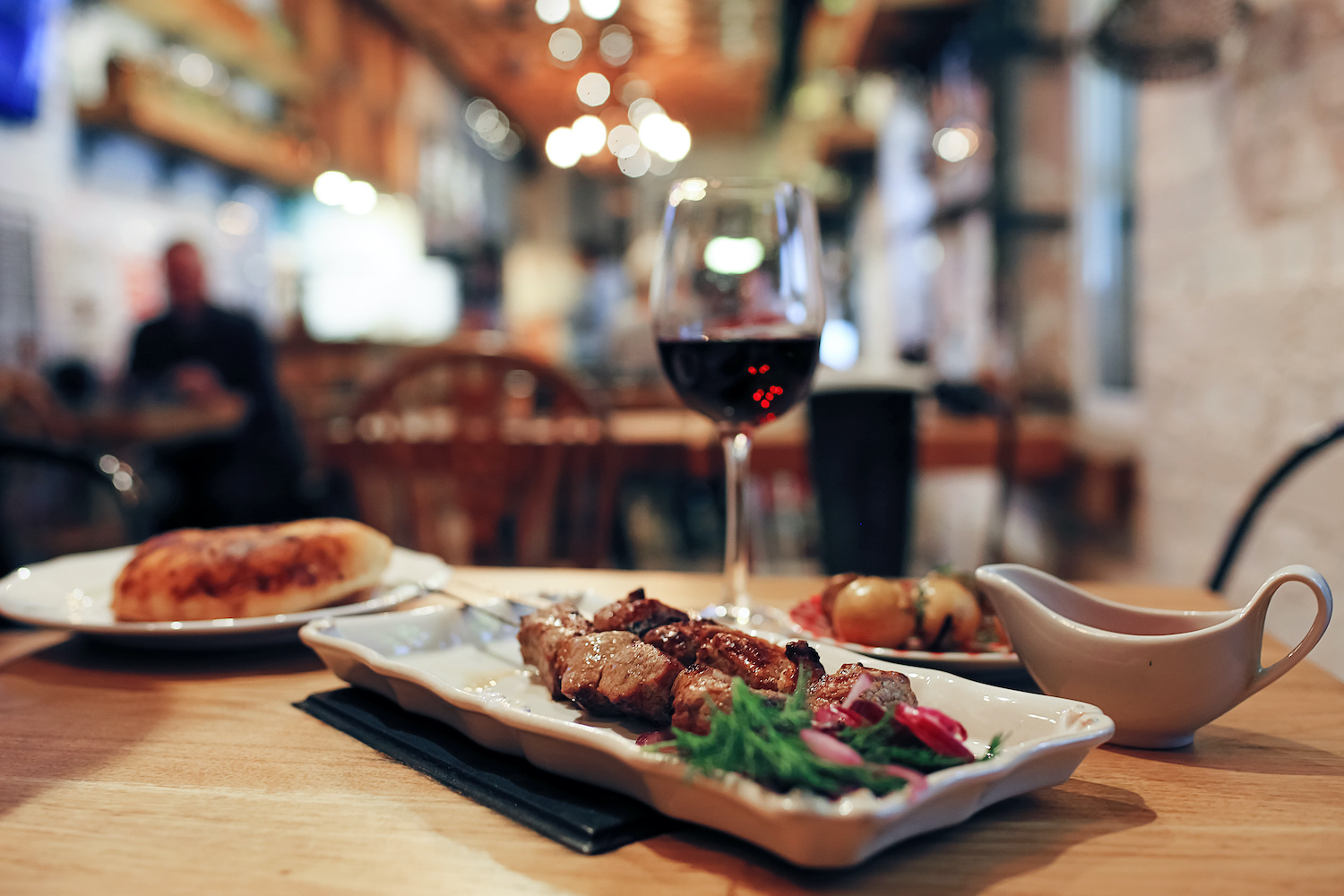One major metric you will find yourself contending with day in and day out as a restauranteur is the cost of food. It’s a fact of life in the hospitality business, and a critical contributor to the health and wellness of your establishment through both feast and famine. The basics of food costing are required skills. But using food costing to keep your business going, no matter what, is an artform. In our food costing 101 guide, we’re going to talk about what food costing is, and how to do it like the pro that you are.
What is food costing?
Food costing is, at its most basic, understanding what proportion of your proceeds are going towards keeping your edible inventory stocked. That’s it. You should already have an idea of the dollar amount you’re spending on the meat and potatoes (and fruits and veggies and libations, etc) of your menu, but food costing will allow you to figure what percentage of the business’ overall income is going towards maintaining the larder. And having this percentage will allow you to make appropriate adjustments in expenditure when you’re experiencing a leaner or more luscious period.
Food cost equation
The standard food cost formula is relatively straightforward and easy to figure out as long as you keep your receipts. Here’s how it works:
Your food cost percentage will be equal to the value of your current inventory, plus any purchases, minus your ending inventory, all divided by your sales.
As an equation, this looks like:
FC% = (CI + P - EI)/S
Let’s say for example you’re a bar with $6,000 worth of current inventory. You purchase an extra $700 worth of spirits and snacks for an event. At the end of the night, you’re left with $5,200 in inventory. You made $500 in sales. So that’s:
FC% = (6,000 + 700 - 5,200)/500
Your food cost percentage for the night will be 3%. A wildly profitable business you have there, congratulations.
How to calculate food cost using the food costing formula
Here’s an additional food cost formula for menu pricing. If you’re using food costing to decide what inventory to keep buying and what to put on pause, you can get down to the nitty-gritty by investigating what each cocktail and every plate of food that’s going out is costing you. This will also help you figure out how to price each dish in order to turn a profit.
Take a look at the components of a current recipe, or one you’re planning on putting on your menu. If you’re figuring the plate cost of a Blue Hawaiian, you can figure the cost of every half ounce of alcohol and every slice of pineapple going into each glass and measure that against your ideal food cost percentage to determine what each cocktail should cost to your customer.
Here’s a specific food costing formula sample:
Selling price = Cost per portion/food cost percentage.
So if the ingredients going into your Blue Hawaiian add up to $5 per glass and you’ve budgeted for a food cost percentage of 30%, you would calculate:
SP = 5/0.3
A Blue Hawaiian at your bar should be priced at $16 per glass.
Key terms for food costing
Here are a few vital vocab words to tuck into your tool box that will help you understand the food cost of your restaurant.
CoGS - “Cost of Goods Sold.” This is the total amount you’re spending on the products being sold. This is how much each Blue Hawaiian being ordered is costing you, as well as every other ordered-and-paid-for item.
APC - “As Purchased Cost.” This is the amount of money you’re spending on raw ingredients like a bag of carrots, case of sausages, or bottle of premium vodka.
EPC - “Edible Portion Cost.” This is the metric you figured in the last section by dividing the APC per portion by your desired food cost percentage.
Challenges of food costing
Of course there’s a lot more to running a business than can be figured by a food costing equation. Valuing a dish means not only figuring the amount of money you need to make, but also its appeal, seasonality, and whether your customers are biting. It’s a balancing act that takes more than math can give you. Here are a few things to think about.
- If you use high quality ingredients (which you should) this will inevitably drive your food cost up which means charging your customers more per portion. This may in turn lower sales. You may have to take a risk on lower prices in the hopes that you make more sales.
- You need to track everything coming in through your receiving door and going out through your service window, otherwise you risk unnecessary food waste and your cost calculations could be off. Remember to factor in waste to your percentage when applicable.
- Order mistakes, transportation and fuel surcharges, delivery tips, and so much more contribute to the cost of ingredients and make calculating food cost percentage complicated. It helps to have a good record of everything going into your budget, and to perform food costing on a regular basis.
How Provi helps
Provi makes understanding your bar budget easy with a transparent and straightforward connection solution between end-users in the hospitality industry and alcohol suppliers. Figuring your alcohol cost becomes so much easier when the connection is made for you. Talk to one of our reps today to see if Provi is right for you.
Curious about that Blue Hawaiian we kept going on about? Check out our other post for a history and recipe of the time-honored cocktail: Recipe: Blue Hawaiian.



Comments